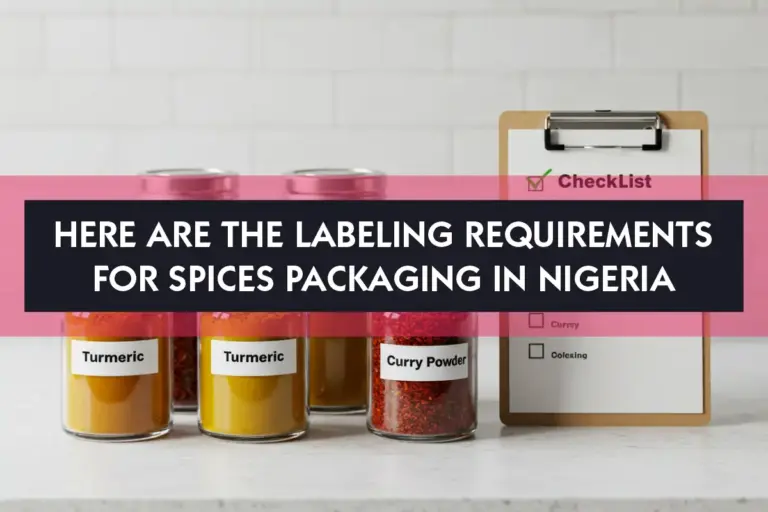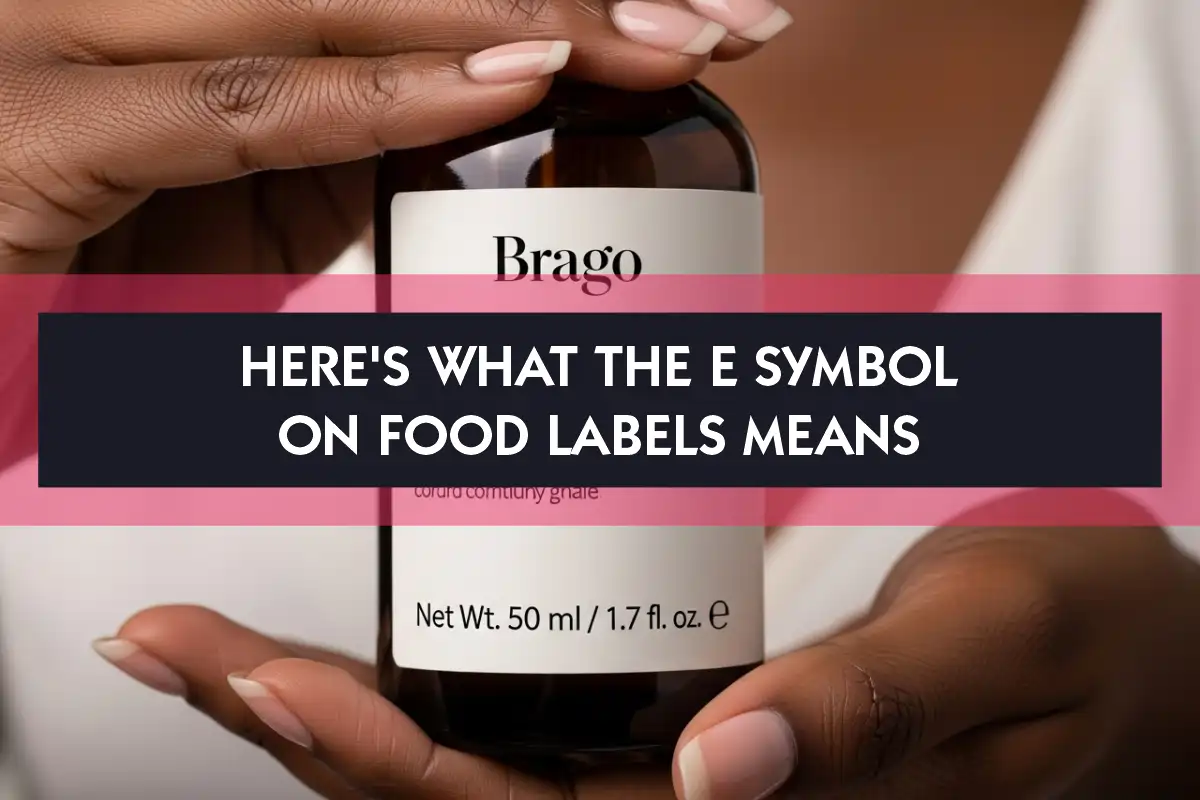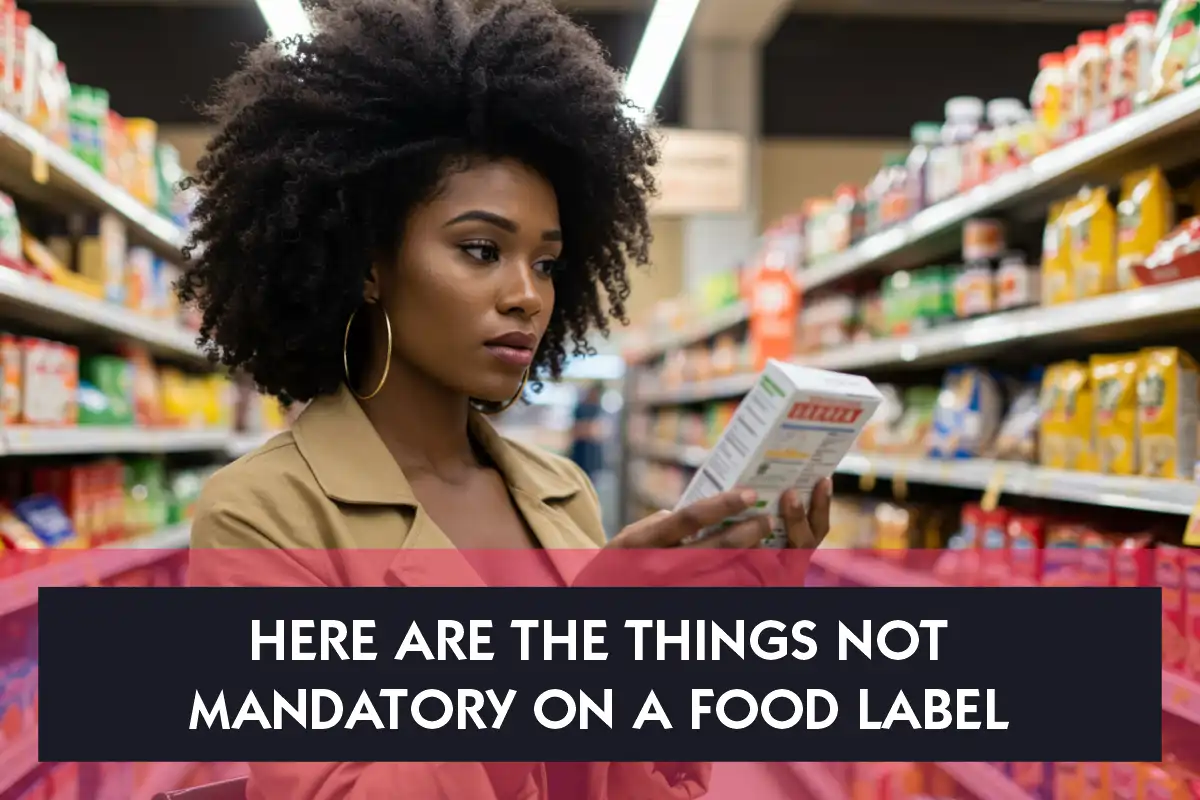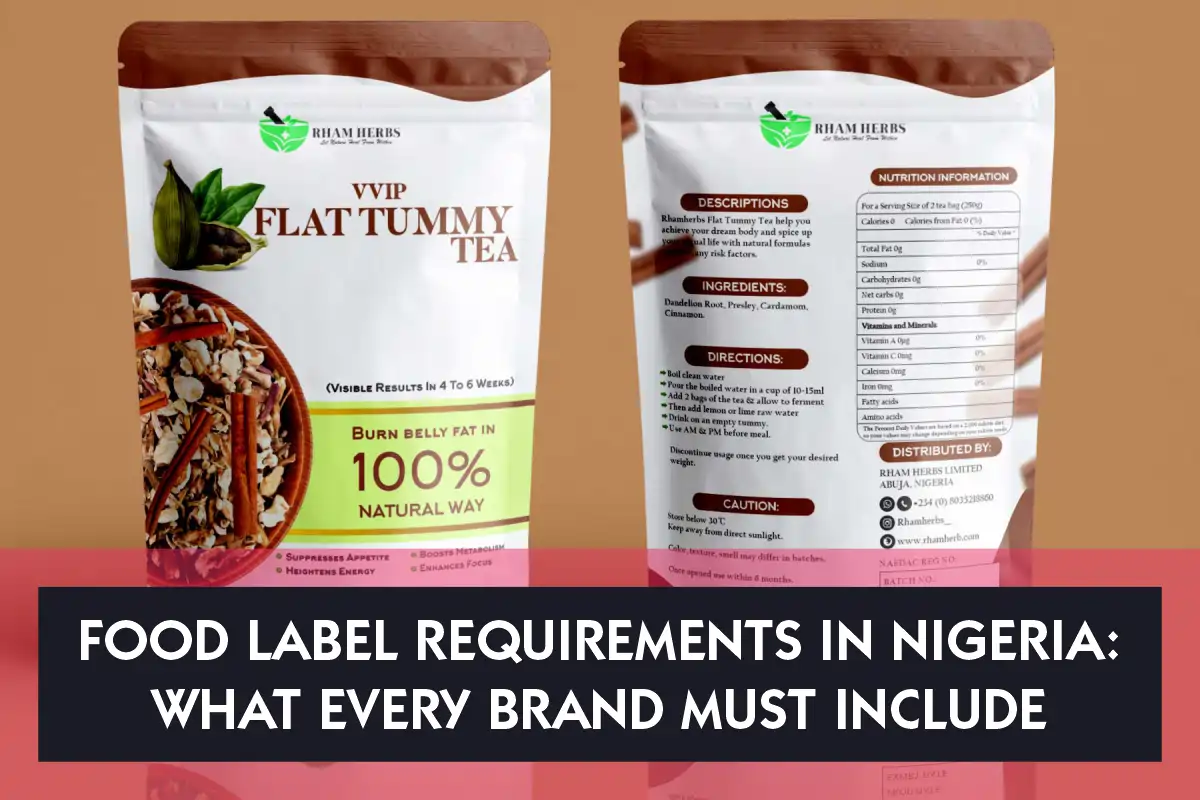When you walk into a Nigerian market or store, you will see many kinds of spices on the shelves. These spices are used to add taste, smell, and color to food. From curry and thyme to suya spice and ground pepper, spices are an important part of cooking in Nigeria. But have you ever looked closely at the packaging of the spice you are buying? What is written on it? That writing is called the label.
In Nigeria, every spice product that is sold must have the right labelling. This is not just a suggestion; it is a law. The government has set guidelines to make sure that all spice producers and sellers follow some certain standards. This helps to protect people’s health, give buyers clear information, and ensure quality products are sold.
So, let’s explain some of the labeling requirements for spices in Nigeria.
Table of Contents
ToggleLabeling Requirements for Spices in Nigeria
1. Name of the Product
One of the first things that must appear on the label is the name of the product. This means the spice must be clearly identified by its common name. For example, if it is turmeric, write “Turmeric.” If it is curry powder, write “Curry Powder.” The name must be correct and must not confuse the buyer. You are not allowed to use names that are misleading or incorrect.
The name must be placed in a way that is easy to see. It should also be in a readable font size. The reason for this is to help buyers know exactly what they are buying. A person should not have to guess what is in the pack.
2. List of Ingredients
If your spice is a mix of two or more things (like jollof spice or suya mix), then you must include a list of all the ingredients. This list must be complete. You should start by listing the main ingredient first and then the others in order of quantity.
For example, if the mix has more salt than pepper, salt will come first. This helps people know what they are eating. Some people are allergic to certain ingredients, and this list will help them be aware and stay safe.
3. Net Weight or Volume
You must also include the net weight or volume of the product on the label. This means the actual amount of spice in the pack, not including the container or package. If it is in powder form, you can use grams (g) or kilograms (kg). If it is liquid, use milliliters (ml) or liters (l).
This must be written clearly on the front part of the pack. Nigerian buyers want to know how much product they are getting, especially because the price often depends on the size.
Want To Print Something?
4. Manufacturer’s Name and Address
The label must carry the name and address of the person or company that made the spice. This includes the full company name, location (street address), city, and country. A phone number or email is also advised.
This information helps to build trust and gives customers a way to contact the manufacturer if there is a problem with the product. It also helps the government track down the producer if a health issue comes up.
5. Batch Number
Each pack of spice must have a batch number. This is a special number that helps identify when and where the product was made. It is useful if a product has to be recalled or investigated.
A batch number can help the producer know the exact group of products that may have a problem. This keeps other good products safe and protects customers.
6. Production Date and Expiry Date
Labels must include the date the spice was produced (manufacturing date) and the date it will expire (expiry date). These two dates are very important. Spices do not last forever. After some time, they lose taste, smell, and can even become unsafe to eat.
By looking at the expiry date, customers can choose fresh products and avoid expired ones. Sellers must remove expired products from shelves. This rule helps reduce health risks.
7. Storage Instructions
Some spices need to be kept in a cool, dry place. Others may spoil if exposed to air or light. That is why it is important to include storage instructions on the label.
These instructions help the buyer store the spice in the right way. This will keep the spice fresh for a longer time and maintain its quality.
8. Usage Instructions
If the spice is not a common one, or if it is a mix that should be used in a certain way, the label should include usage directions. For example, if the spice is meant to be added to soups only, or sprinkled after cooking, this should be written.
This helps people use the product properly and get the best results when cooking.
Want To Print Something?
9. Country of Origin
The label should state where the spice was produced. If it was made in Nigeria, write “Made in Nigeria.” If it was imported, state the name of the country it came from.
This helps buyers know whether the spice is local or foreign. Some people prefer Nigerian-made spices because they want to support local businesses.
10. NAFDAC Registration Number
In Nigeria, the body that regulates food and drugs is called NAFDAC. Every spice that is sold must be approved by NAFDAC. Once approved, the product is given a NAFDAC registration number. This number must be written on the label.
This number shows that the product is safe and has passed all the checks. If a spice does not have an NAFDAC number, it should not be sold in stores or markets.
11. Allergen Warning
Some spices or spice mixes may contain ingredients that can cause allergies. For example, some people are allergic to nuts, sesame seeds, or MSG. If any of these are used in the spice, the label must clearly state it.
You can write something like “Contains nuts” or “May contain traces of MSG.” This warning is very important for people who have allergies. It helps them avoid products that may harm their health.
12. Additives and Preservatives
If the spice has any additives or preservatives, it must be stated clearly on the label. Additives are things added to improve color, taste, or shelf life. Some of them are safe, but buyers have the right to know what is in their food.
Common examples include food color, anti-caking agents, and flavor enhancers. You should list these by name or E-number (if known). It is not allowed to hide this information.
13. Nutritional Information
Though it is not compulsory for spices in Nigeria to have a full nutritional label, it is a good practice to include it. This shows the amount of protein, fat, carbohydrates, fiber, and calories in the product.
This can help buyers who are on special diets or who want to be more health-conscious make an informed decision.
Want To Print Something?
14. Language on the Label
The information on the label must be written in English. Nigeria has many languages, but English is the official language. This makes sure that the product can be understood by people from any part of the country.
You can include translations in local languages like Hausa, Yoruba, or Igbo, but this is not required.
15. No False Claims
It is not allowed to make false claims on spice labels. For example, do not write “cures typhoid” or “boosts fertility” if it is not true or approved. Claims like this must be supported by scientific proof and must be approved by NAFDAC.
Spices are used to improve food taste, not to cure sickness. Avoid making health claims unless your product is tested and certified for that purpose.
Final Thoughts
Labeling is more than just writing the name of your spice on the pack. It involves giving clear, honest, and full information to the people who will buy and use the product. In Nigeria, the rules are strict because they protect both the buyer and the seller.
If you produce or sell spices in Nigeria, always make sure your labels meet all the requirements. It helps build trust with your customers, avoids trouble with the law, and shows that your business is honest and professional.




